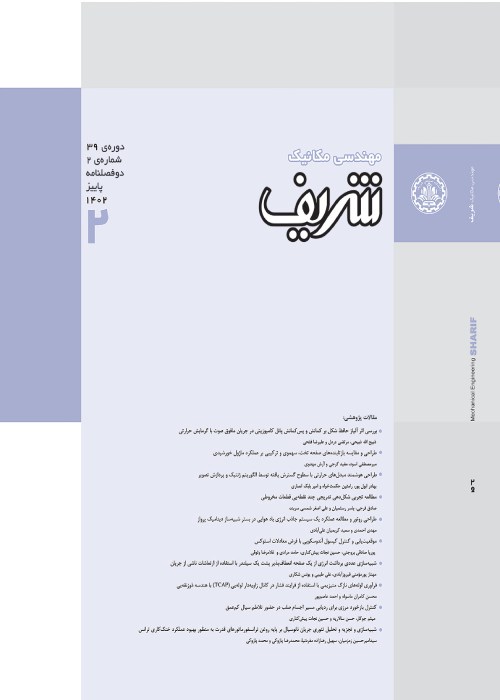PREDICTION OF CUTTING SPEED AND FEED EFFECTS ON RESIDUAL STRESSES IN AISI 1045 STEEL TURNING SHAFTS USING ARTIFICIAL NEURAL NETWORK
These days materials can be machined and finished with newly developed tools, eliminating the need for other finishing operations such as grinding or polishing, even for dies and molds. In such cases, it is necessary to satisfy given standards of geometrical accuracy and surface roughness. In addition, the reliability or operating life of the machined products must be ensured because the residual tensile stress accelerates the progress of fatigue cracks and the fatigue life of the product is reduced. Thus, it is necessary to know the residual stress, which is induced. For example, to machine aerospace parts, in which thinness and accuracy are required, distortion and residual stress are very important issues. In fact, the machined surface layer deforms three dimensionally through the chip forming process by the effect of the corner of the tool in common turning or milling. Many industries need to produce parts with specific geometry and dimensions. Therefore, the machining process used to finish the production after processes such as casting and forging. In this process, the various operations carried out which lead to the creation of residual stresses in parts. These stresses can significantly affect the performance of parts. In this study, the effect of cutting speed and feed on residual stresses in AISI 1045 steel machining shafts was investigated. To determine the residual stress profiles, the X-ray diffraction method and electropolishing technique were used. Also, the machining process simulation and the effect of cutting speed and feed variation were performed using the DEFORM software. The results of the simulations were validated with the experimental tests. Then, the artificial neural network was applied to estimate the residual stresses using the data were obtained from the finite element analysis. At all feed, residual stress was increased by adding cutting speed. With appending feed up to 22 mm/rev, the stress was increased but from this amount onwards then there is not a significant increment, this is more evident at the higher cutting speeds.
- حق عضویت دریافتی صرف حمایت از نشریات عضو و نگهداری، تکمیل و توسعه مگیران میشود.
- پرداخت حق اشتراک و دانلود مقالات اجازه بازنشر آن در سایر رسانههای چاپی و دیجیتال را به کاربر نمیدهد.


